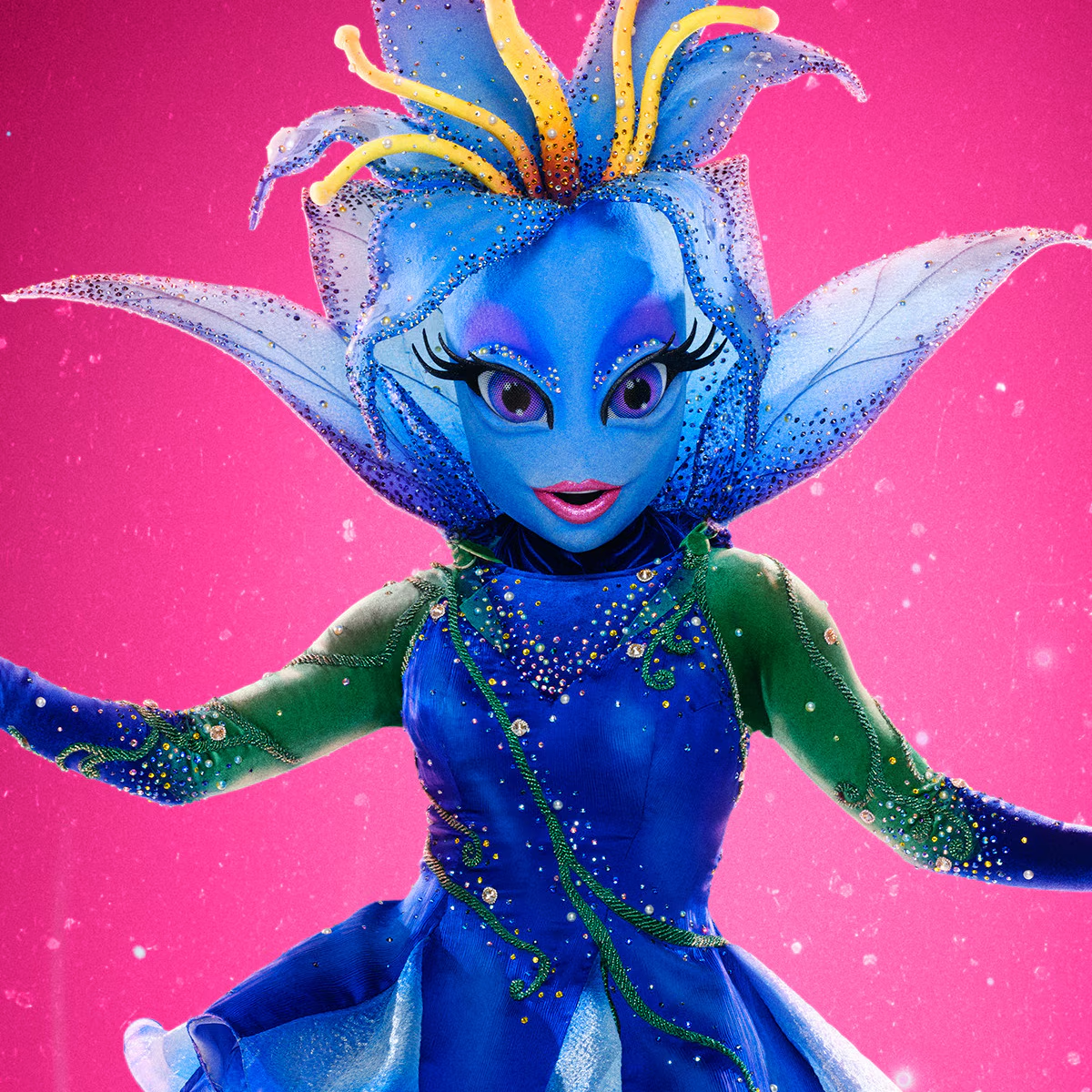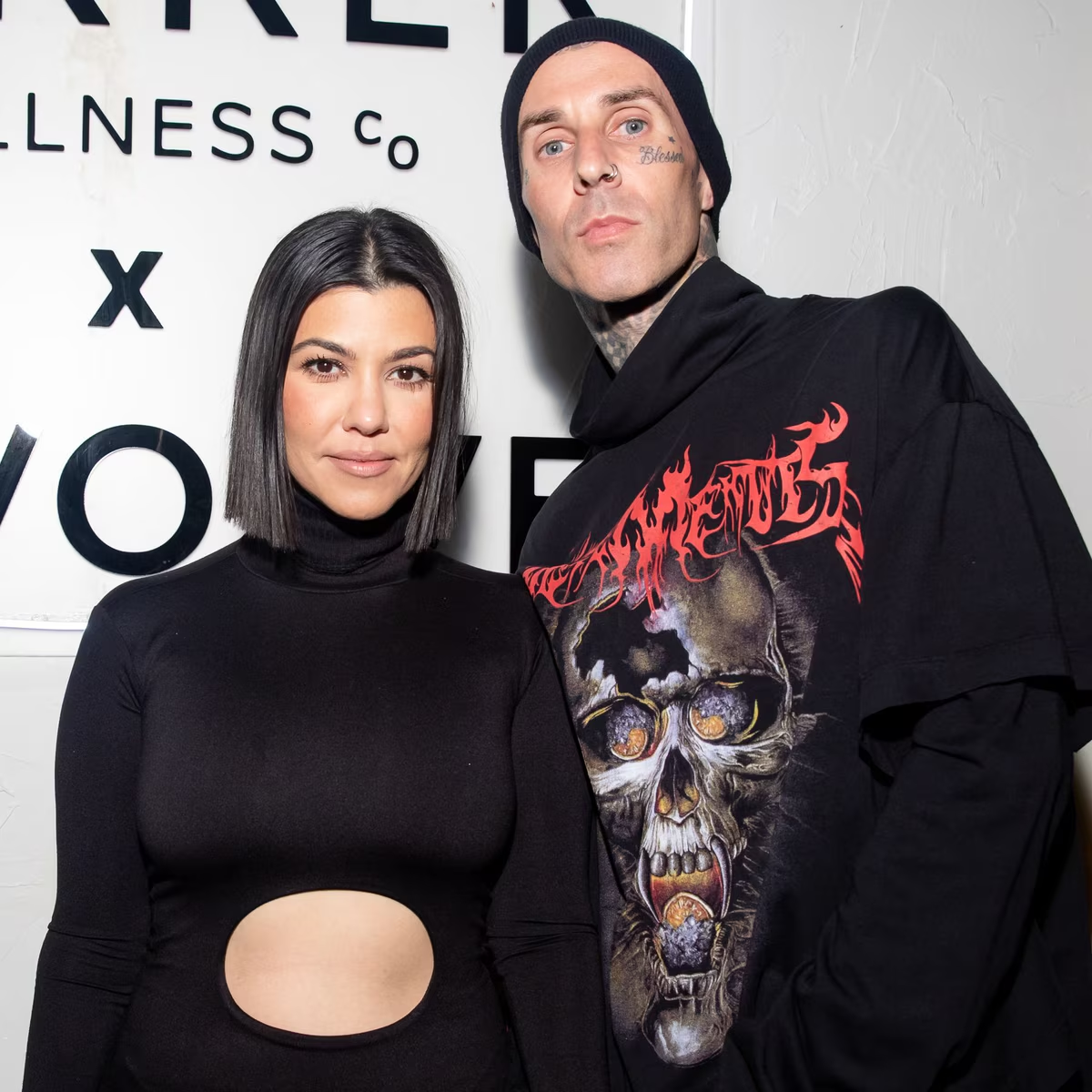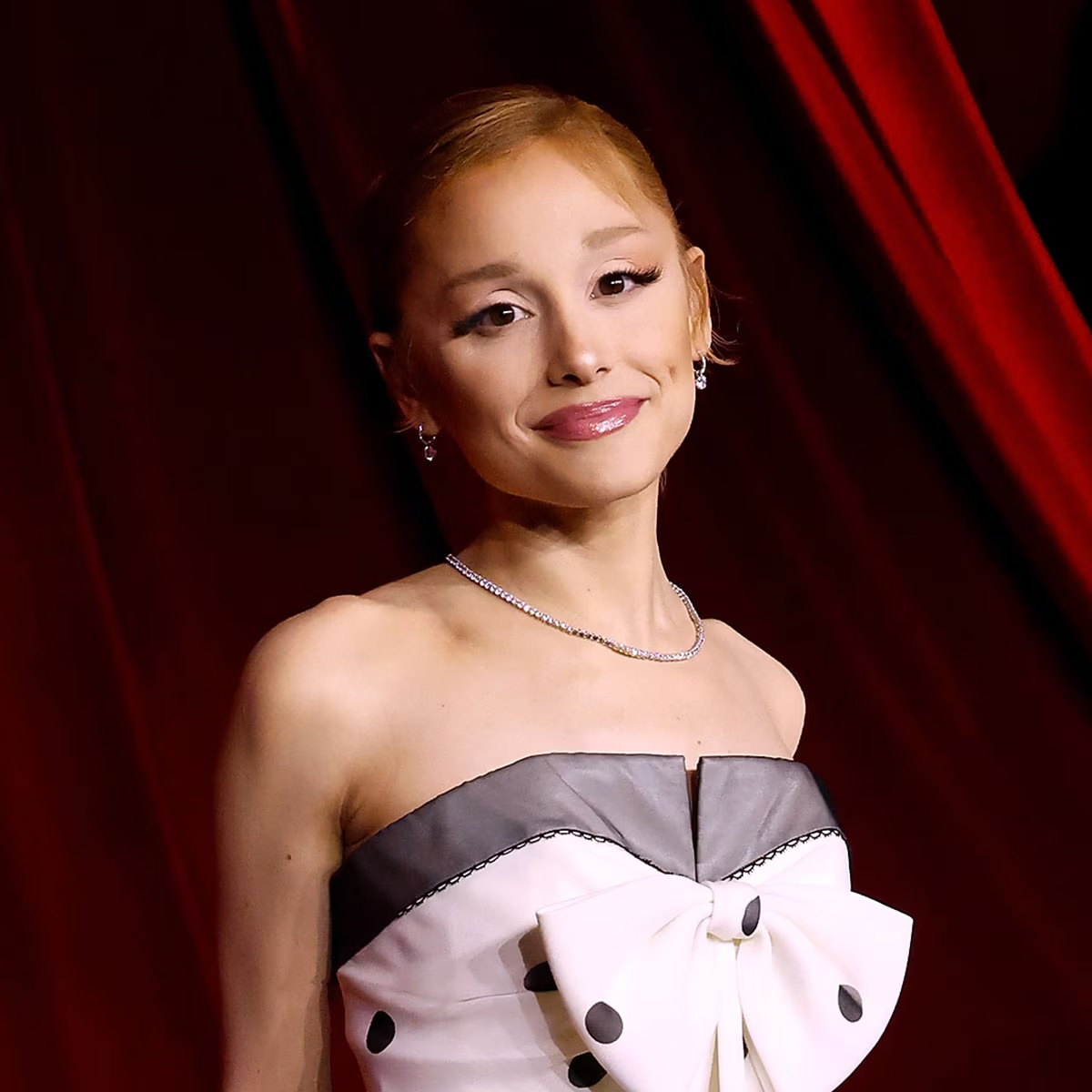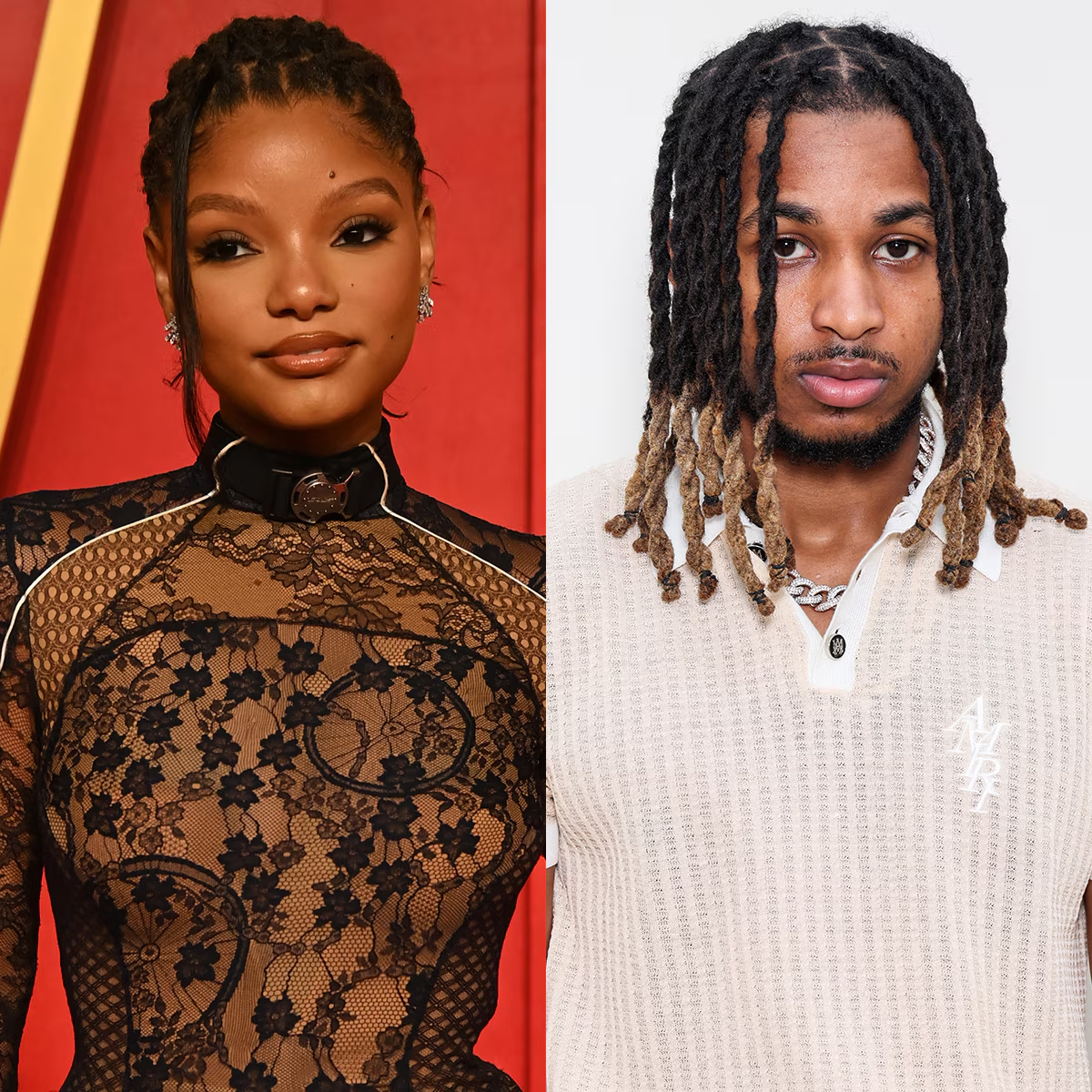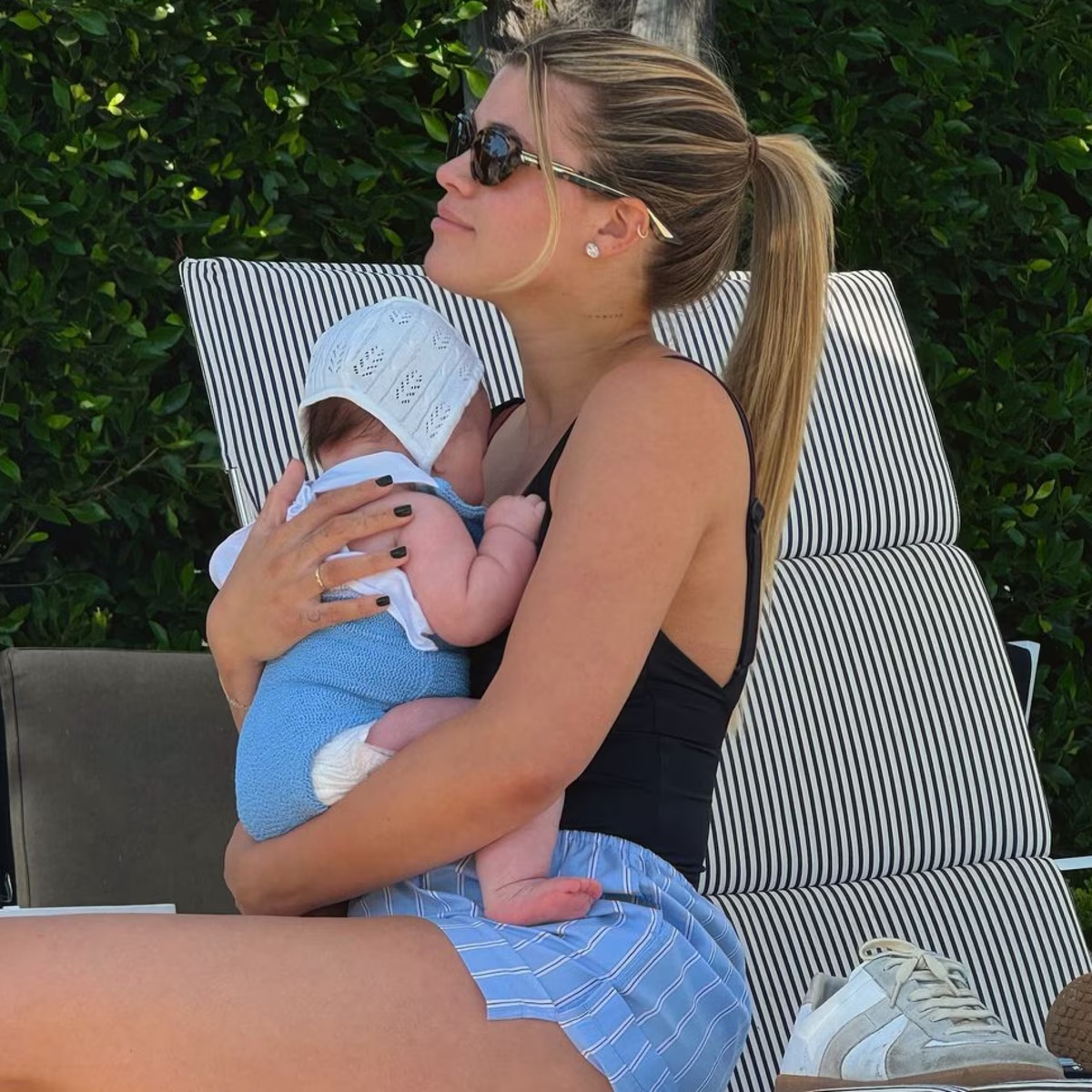The Little-Known Story of How World War II Led to the Inception of New York Fashion Week
All's fair in style and war.
Before the biggest and brightest stars scored front row seats to eye the season's hottest and newest clothes during New York Fashion Week, the first iteration of the fantastical event was a lot more intimate and more exclusive than you could ever imagine.
And would you believe us if we said that World War II played a major role in NYFW's inception?
During the Second World War, women burst into the workforce with guns blazing and armored themselves with sleek yet sensible fashion that complemented their dagger-sharp eyeliner and fiery red lipstick.
Due to the circumstances and evolving societal norms, women's styles drastically changed. Pants and T-shirts became more acceptable to wear—especially as certain fabrics, such as silk, were restricted to military manufacturing, according to Gabriela Hernandez's Classic Beauty: The History of Makeup.
But just because informal attire prevailed at the time, that doesn't mean the glitz and glamour remained a thing of the past.
Eleanor Lambert, dubbed America's first fashion publicist, made sure of that.
Eleanor, a press director for the New York Dress Institute at the time, is the mastermind behind the first-ever New York Fashion Week. That's right, with a little PR magic and a flair for setting trends, the inaugural fashion extravaganza erupted onto the scene in 1943.
According to CR Fashion Book, Eleanor believed the best way to spotlight both American fashion and emerging designers was through a publicized event titled, "Fashion Press Week." To note: the term we use today, "New York Fashion Week," wasn't coined until the '90s.
It's reported that Eleanor hoped her fabulous fête, which officially kicked off on July 19, 1943, would cement America as a fashion capital—a tremendous challenge in itself.
Because long before Fashion Press Week exploded and forever transformed the industry, the standard had been for U.S. designers to fly across the pond to replicate and reproduce European clothes.
However, World War II halted the tradition. Not only were Parisian fashion houses shut down in the midst of the war, but leisure travel into the country hit a standstill, per CR Fashion Book.
"Americans felt very second-rate when comparing ourselves to Europe. We've always seen Europe as the leaders," Tim Gunn bluntly shared in CNN's American Style docu-series. "Before World War II, we were a nation of copiers."
Interestingly enough, the shift in fashion was already in motion ahead of the first Fashion Press Week. As Tim explained, "The only place in this nation where anything was happening that was creative and innovative in fashion was Hollywood."
Silver screen sirens such as Joan Crawford, Katharine Hepburn and Rita Hayworth were a few of the first style trendsetters, with imitations of their film garments hitting stores. In addition to Hollywood's original creations, women became savvy with their everyday fashion during the Second World War.
"The scarcity of things pushed people to be more creative," John A. Tiffany, a fashion historian and author, said in CNN's docu-series, "Like, women drawing a line on the back of their legs to imitate the seam of their stockings."
While fashion slowly started evolving in the '40s, Eleanor's event only upped the ante.
So, what sparked the famed publicist's blueprint for New York Fashion Week in the first place? Put simply: A fashion designer who was fed up with her work going unnoticed.
"Adele Simpson came to [Eleanor] and said, 'American fashion is really strange because the garment manufacturers don't promote the designers,'" John recalled of the history-altering conversation. "'They don't even know their names, and we need to be promoted, too. The French designers get a lot of attention, but we don't.' It gave [Eleanor] an idea."
As the story goes, Eleanor went into work mode and contacted publishers from newspapers across America and invited them to New York to write about U.S. designers and their new collections. But it was no small feat. "The publishers sort of pushed back a little," John recalled, "and said, 'We don't even have fashion writers.'"
Eleanor's solution? She told editors to send their female writers, who had previously been relegated to cover household topics such as cooking and cleaning.
After rounding up the journalists, Eleanor then used her influence as a fashion powerhouse to spotlight American designers such as Lilly Daché, Hattie Carnegie, Norman Norell and Nettie Rosenstein (to name a few).
With writers in tow and designers ready to debut their collections, Fashion Press Week commenced.
According to The Smithsonian, instead of hosting a range of fashion shows in several locations scattered across the Big Apple, the 1943 affair took place at The Pierre and The Plaza hotels. And unlike today, the shows came to the editors, who were the only ones allowed to ooh and aah over the latest creations.
Of course, Fashion Press Week went off without a hitch.
In fact, designer Claire McCardell's ready-to-wear collection (a first for the time!) became such a hit during Fashion Press Week that she vowed to never attend the European shows.
"She said, 'I'm not going anymore because my creativity has to be original,'" Vanessa Friedman, fashion director and chief fashion critic of The New York Times, shared in CNN's docu-series. "She never went back to Europe. She was making stuff in America for Americans."
Moreover, publications like Vogue and Harper's Bazaar soon filled their pages with American style and, more importantly, credited the designers behind the pieces, Caroline Rennolds Milbank, author of New York Fashion: The Evolution of American Style, pointed out. She explained that it marked a new era as fashion magazines heavily featured French designers prior to Fashion Press Week.
"Fashion was taking a shift from what are the Europeans wearing to the fashion industry is now designing for me," Kimberly Truhler, a film and fashion historian, expressed in CNN's docu-series.
All in all, Fashion Press Week left an indelible mark on both the industry and American people.
Over the course of many decades, New York Fashion Week has undergone several transformations—including in 2020, when it was forced to reinvent itself after the coronavirus pandemic struck.
However, the essence of NYFW's purpose continues to remain the same.
Not only has it since become the official start of fashion week, but it's launched the careers of greats like Oscar de la Renta, Ralph Lauren and many others. And contrary to the first Fashion Press Week, today's larger-than-life shows are sprinkled across the city with Hollywood's elites, pop stars, influencers and industry insiders granted exclusive entry to the latest and greatest creations.
Although the pandemic halted traditional in-person shows in 2020, its virtual access allowed anyone and everyone to swoon over the collections. It marked a time when most people needed a little escapism and creative inspiration.
Now, more than ever, New York Fashion Week is expected to offer an explosion of over-the-top designs, audacious silhouettes, kaleidoscopic patterns and more. Just like before, we'll be waiting with a bated breath.
(This story was originally published on Sunday, September 5, 2021 at 7:00 a.m. PST)
Sign up for E! Insider! Unlock exclusive content, custom alerts & more!Disclaimer: The copyright of this article belongs to the original author. Reposting this article is solely for the purpose of information dissemination and does not constitute any investment advice. If there is any infringement, please contact us immediately. We will make corrections or deletions as necessary. Thank you.

